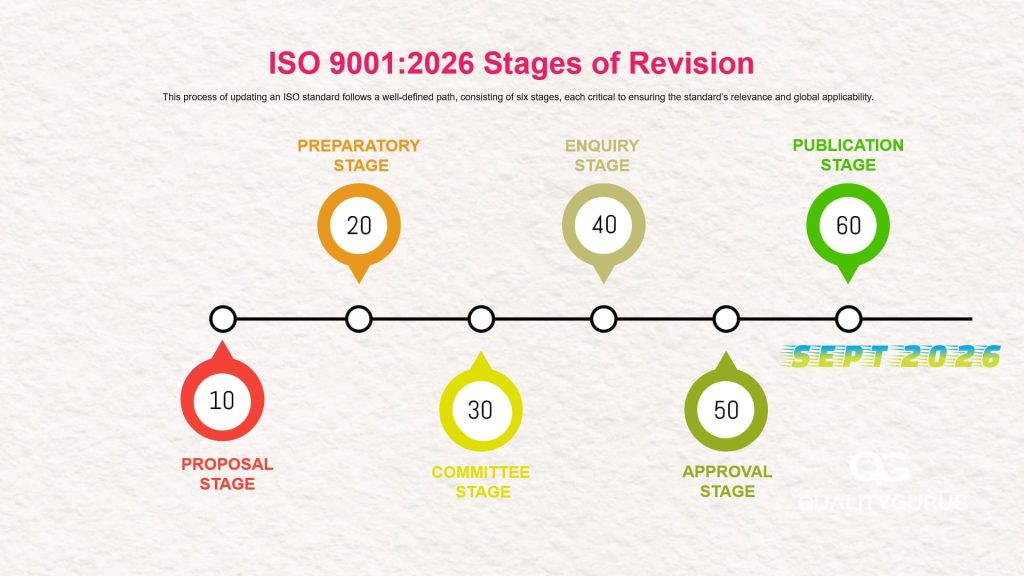
- The ISO 9001:2026 Committee Draft 2 (CD2) remains essentially unchanged from the first draft, indicating that the final version will likely resemble it closely.
- CD2 introduces minor updates, such as additional guidance in annexes and slight changes to terminology, but key flaws from the 2015 standard remain unaddressed.
- Implementing the new standard is expected to be straightforward for existing users, requiring minimal adjustments despite added optional content and notes.
The Committee Draft 2 of ISO 9001:2026 retains much of the structure and content from the 2015 version, with few significant changes. Key updates include additional guidance in the annexes, some of which critics argue are unhelpful or contradictory. The annexes include suggestions, such as conducting SWOT analyses, but these optional elements could lead to confusion if improperly audited. Other revisions focus on adhering to ISO’s broader frameworks (such as Annex SL), often resulting in awkward or non-contextual language that experts suggest is not written by quality management specialists.
While clauses 4–10 remain unchanged, new terms like “quality culture” and “ethical behavior” were added without precise requirements, making them unmeasurable and unauditable. Some previously removed elements, like preventive actions, remain absent, while terms like “measurable objectives” now include caveats, diluting their effectiveness. Clause 8, critical for operational quality management, saw no meaningful revisions, a decision highlighting a lack of practical input from experienced professionals.
Although CD2 does not resolve known flaws, such as issues with the PDCA model and inadequate handling of outsourced processes, its resemblance to the 2015 version means minimal disruption for users transitioning to the 2026 update. The standard includes notes on emerging technologies and climate change but avoids concrete requirements, limiting their impact. While some welcome the simplicity, others view it as a missed opportunity to strengthen the framework.


Leave a Reply
You must be logged in to post a comment.